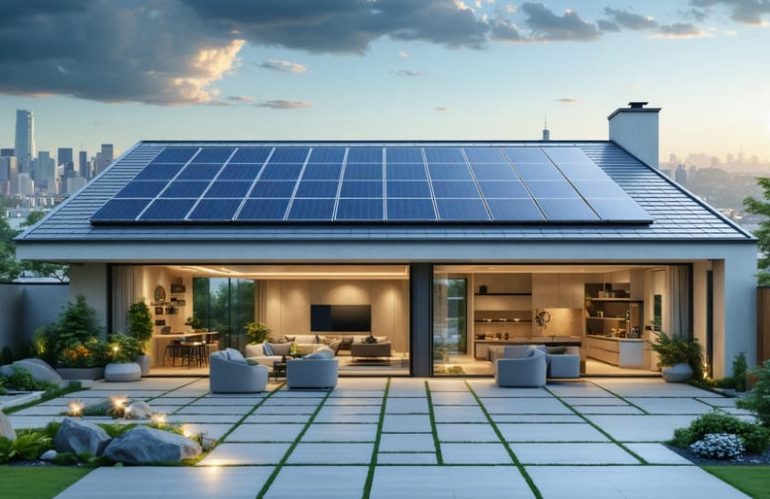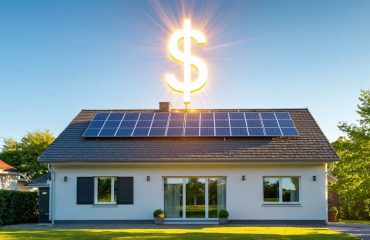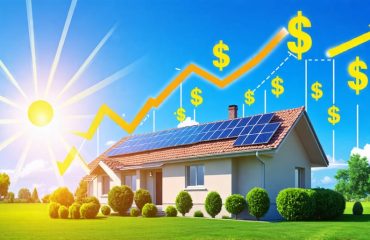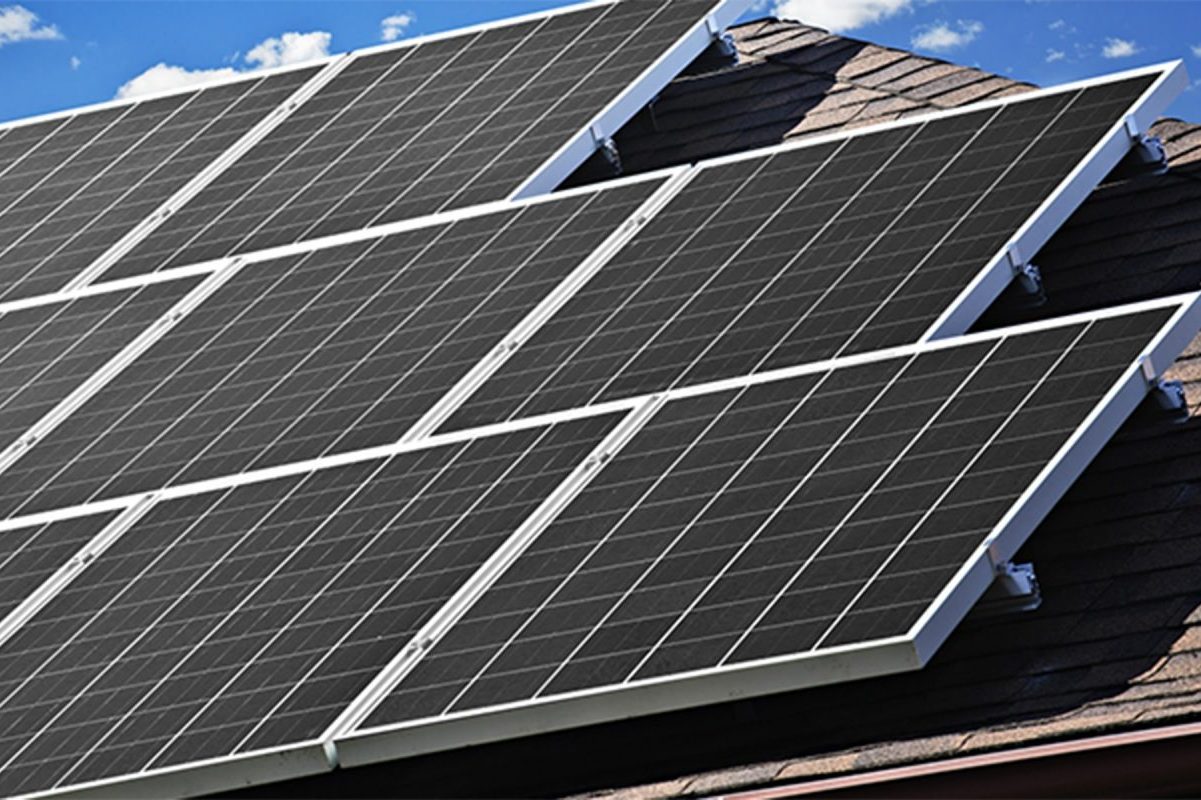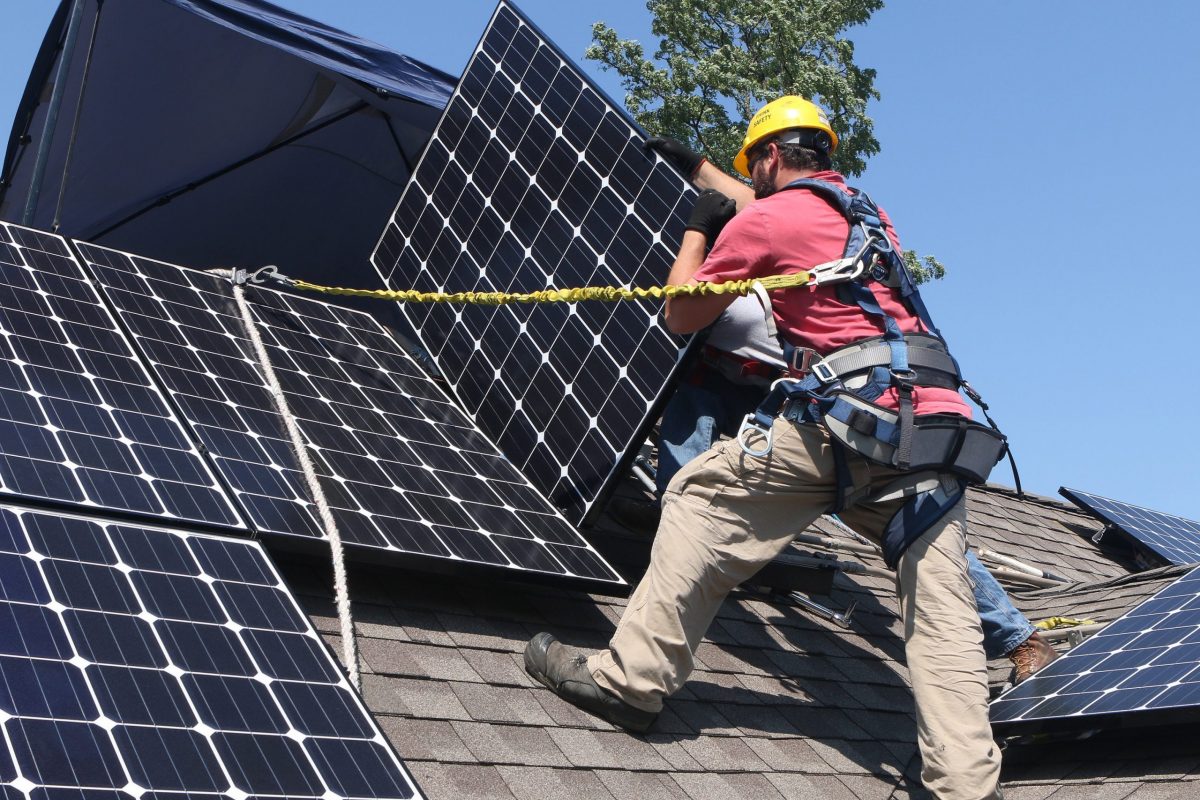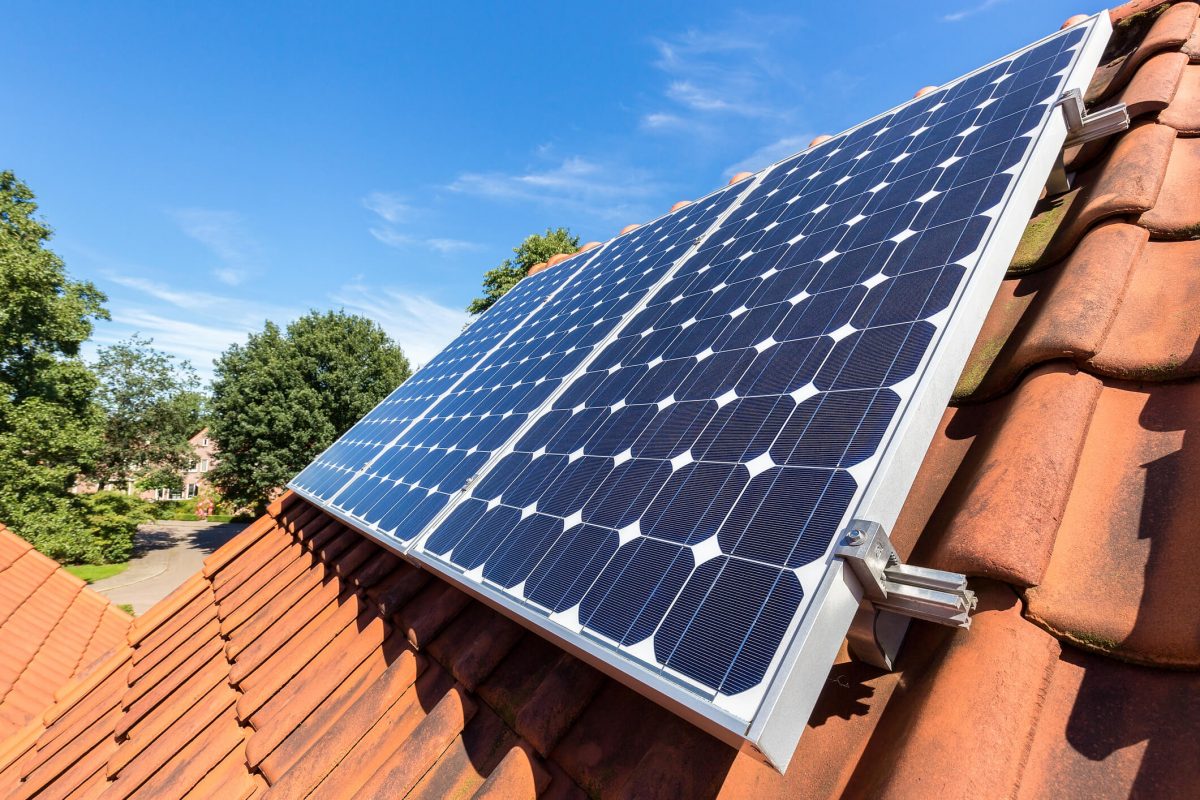Solar panel prices have plummeted by over 70% in the past decade, transforming from a luxury investment into an accessible home upgrade that pays for itself. In 2000, residential solar installations averaged $12 per watt; today, homeowners pay just $2.50 to $3.50 per watt, making it possible to power an average home for under $20,000 before incentives. This dramatic cost reduction, driven by manufacturing efficiency, technological advances, and increased market competition, has revolutionized home energy economics.
The timing for solar investment has never been more favorable. Federal tax credits, state incentives, and rising utility rates combine with historically low panel prices to create compelling financial returns. While early adopters faced payback periods of 15-20 years, today’s solar installations typically break even in 5-8 years, offering decades of free electricity thereafter. Understanding this cost evolution helps homeowners recognize that solar power has shifted from an environmental choice to a smart financial decision backed by proven technology and established market dynamics.
The Evolution of Solar Panel Costs (2000-2024)
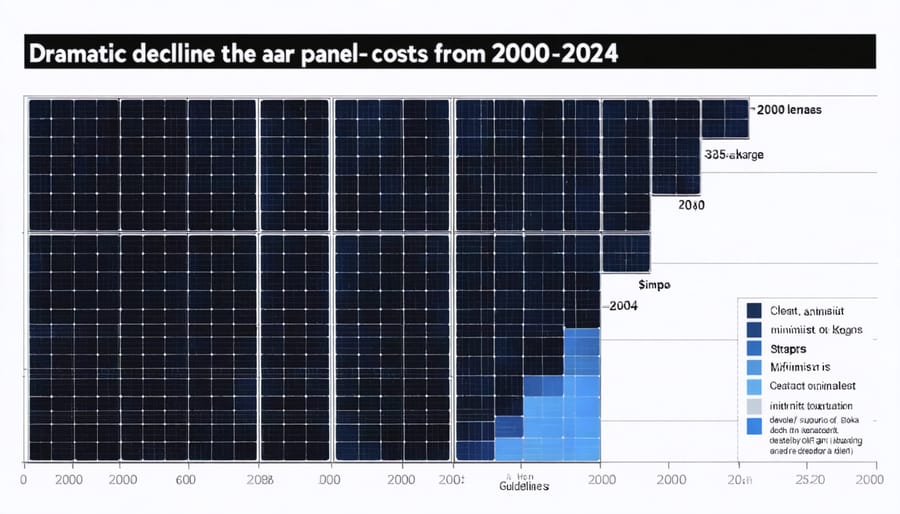
Key Factors Behind Price Reductions
The dramatic decline in solar panel prices can be attributed to three main factors that have worked together to make solar energy more accessible than ever. First, manufacturing efficiency has improved significantly, with automated production lines and streamlined processes reducing labor costs and minimizing waste. Factories can now produce solar panels faster and more economically than ever before.
Technological advances have also played a crucial role, particularly in improving solar cell efficiency and reducing the amount of expensive materials needed for each panel. Modern solar panels can generate more power using less silicon, the primary material in most solar cells, which has helped drive down costs while improving performance.
Market competition has perhaps been the most influential factor. As more manufacturers have entered the solar industry, especially from countries with lower production costs, prices have naturally decreased. This healthy competition has sparked innovation and forced companies to optimize their operations to stay competitive. Additionally, growing demand for solar energy has allowed manufacturers to achieve economies of scale, further reducing costs per unit. These combined factors have created a positive cycle of falling prices and increasing adoption rates.
Today’s Solar Panel Costs vs. A Decade Ago
The difference in solar panel costs between today and ten years ago is striking. In 2013, the average cost for a residential solar system was around $8-9 per watt, making a typical 6kW system cost approximately $50,000. Fast forward to 2023, and homeowners are paying just $2.95-3.50 per watt, bringing that same 6kW system down to around $18,000-21,000 before incentives.
This dramatic price drop means a typical home solar installation now costs about 65% less than it did a decade ago. To put this in perspective, a homeowner who waited until 2023 to install solar panels would save over $30,000 compared to making the same purchase in 2013.
The cost reduction isn’t just in the panels themselves. Installation costs have decreased significantly due to improved efficiency in mounting systems and labor practices. Additionally, today’s panels are more efficient, meaning you need fewer panels to produce the same amount of power, further reducing overall system costs.
These price reductions, combined with increased durability and performance, make solar energy more accessible than ever for the average homeowner.
Current Solar Panel Costs Breakdown
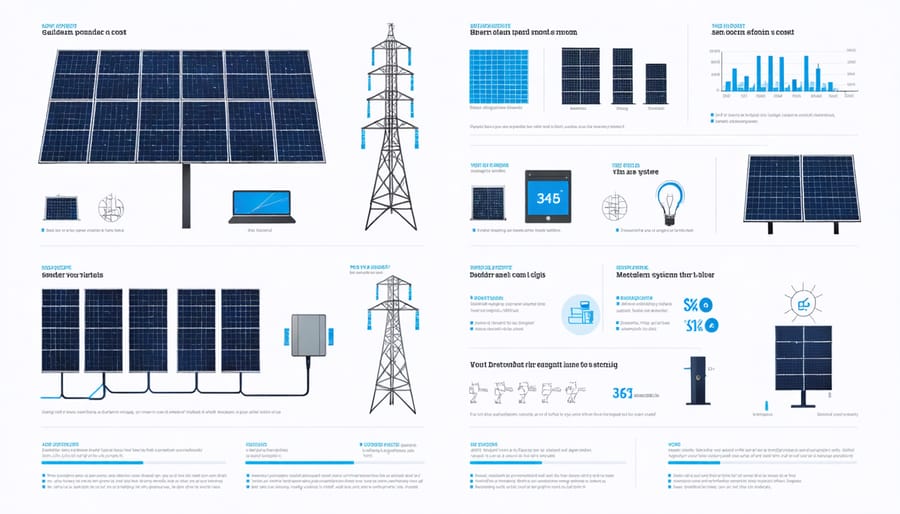
Equipment Costs
When breaking down complete solar system costs, three main components make up the bulk of equipment expenses: solar panels, inverters, and mounting hardware.
Solar panels typically represent about 30% of your equipment costs. Premium monocrystalline panels currently range from $1 to $1.50 per watt, while more affordable polycrystalline options cost between $0.70 and $1 per watt. For a typical 6kW home system, panel costs alone can range from $4,200 to $9,000.
Inverters, which convert solar power into usable electricity for your home, account for roughly 20% of equipment costs. String inverters start at around $1,000, while microinverters (which optimize each panel individually) can cost $2,000 to $3,000 for a complete system.
Mounting hardware, including racks, clamps, and roof attachments, makes up about 10% of equipment expenses. A standard mounting system for a residential installation typically costs between $1,000 and $2,000, depending on your roof type and system size.
The remaining costs include wiring, conduit, junction boxes, and other electrical components necessary for a safe, code-compliant installation. Prices for these components have remained relatively stable over the years, benefiting from manufacturing efficiency improvements and increased market competition.
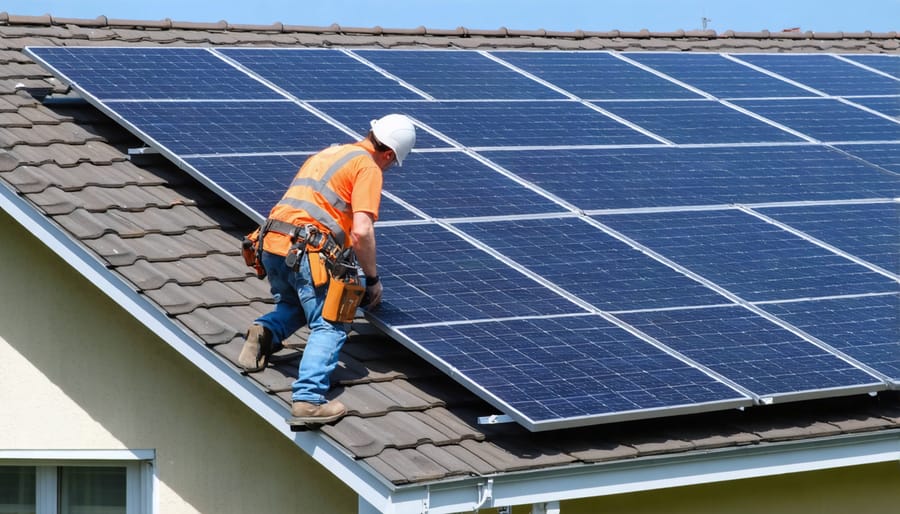
Installation and Labor
Installation and labor typically account for 60-70% of total solar panel system costs, making them crucial factors in the overall investment. While current installation costs have decreased significantly over the past decade, they still represent a substantial portion of the project budget.
The average labor costs for solar installation range from $0.50 to $1.50 per watt, depending on your location and the complexity of your roof. A typical 6kW residential system requires approximately 20-25 labor hours to install, involving skilled electricians, roofers, and solar technicians.
Several factors influence installation costs, including:
– Roof type and condition
– System size and complexity
– Local permit requirements
– Equipment accessibility
– Distance from installers
Many homeowners are pleased to discover that modern installation processes have become more streamlined and efficient. Professional installers now use advanced planning tools and standardized mounting systems, reducing both installation time and costs. Additionally, many companies offer turnkey solutions that handle everything from permits to final inspection, making the process hassle-free for homeowners.
To maximize value, it’s recommended to obtain multiple quotes from certified installers and inquire about their experience, warranties, and post-installation support. Many reputable companies also offer financing options to help manage upfront costs.
Future Price Predictions and Market Trends
Looking ahead, experts predict continued decreases in solar panel costs, though at a more moderate pace than the dramatic drops seen in previous decades. Industry analysts forecast a 20-30% reduction in solar panel prices by 2030, driven by manufacturing improvements and increased production efficiency.
Several key factors are expected to influence future pricing. Technological advances in panel efficiency will likely deliver more power output per square foot, effectively reducing the cost per watt. New manufacturing techniques, including automated production and improved materials, should further drive down production costs. Additionally, growing competition among manufacturers and increasing scale of production will continue to make solar more affordable for homeowners.
Emerging technologies show particular promise. Perovskite solar cells, which can be produced at lower costs than traditional silicon panels, are moving closer to commercial viability. Bifacial panels, which can capture sunlight from both sides, are becoming more common and could offer better value for homeowners by generating more power in the same space.
Market trends suggest increasing adoption of solar energy worldwide, with many countries setting ambitious renewable energy targets. This growing demand is expected to attract more investment and innovation in the sector, potentially accelerating cost reductions.
For homeowners considering solar installation, these projections indicate that while prices will continue to fall, the rate of decrease may be slower than in past years. Current incentives and tax benefits, combined with already-competitive prices, make solar an attractive investment today rather than waiting for further price drops.
Making Solar Work for Your Budget Today
Making solar affordable doesn’t have to be a challenge with today’s diverse financing options. Many homeowners are surprised to learn they can go solar with little to no upfront costs through various payment plans and incentives.
The federal solar tax credit remains one of the most significant financial benefits, currently offering a 30% deduction on your solar installation costs. Many states and local utilities provide additional rebates and incentives, potentially reducing your total investment by 50% or more.
Popular financing options include:
– Solar loans with competitive interest rates
– Power Purchase Agreements (PPAs) with zero upfront costs
– Solar leases with predictable monthly payments
– Home equity loans or lines of credit
– Cash purchases with maximum long-term savings
Before choosing a financing option, calculate your solar ROI to understand your potential savings. Many homeowners find that monthly solar payments are less than their current electricity bills, creating immediate positive cash flow.
Don’t forget to explore local incentive programs through your utility company and state government. Many offer net metering, performance-based incentives, and property tax exemptions. Some utilities even provide special time-of-use rates for solar customers, maximizing your savings potential.
Remember to get multiple quotes from certified installers and carefully review financing terms. Many solar companies offer promotional periods with zero interest or delayed payments, making it even easier to start saving with solar today.
While solar panel prices may continue to decrease gradually in the future, the financial benefits of installing solar now far outweigh the potential savings from waiting. Today’s combination of federal tax incentives, state rebates, and historically low panel prices creates an optimal environment for homeowners to invest in solar energy. By installing now, you’ll start saving on monthly electricity bills immediately and protect yourself against rising utility rates.
Consider that the average homeowner can save between $10,000 and $30,000 over the lifetime of their solar system, with break-even points typically occurring within 5-7 years. These savings begin accumulating from day one, meaning that postponing your installation actually costs you money in continued utility payments.
Additionally, current incentives may not last forever. As solar adoption increases, many local and federal incentive programs are being phased out or reduced. By acting now, you can lock in these benefits while they’re still available, maximizing your return on investment and contributing to a more sustainable future. The best time to go solar isn’t in some distant future – it’s today.

